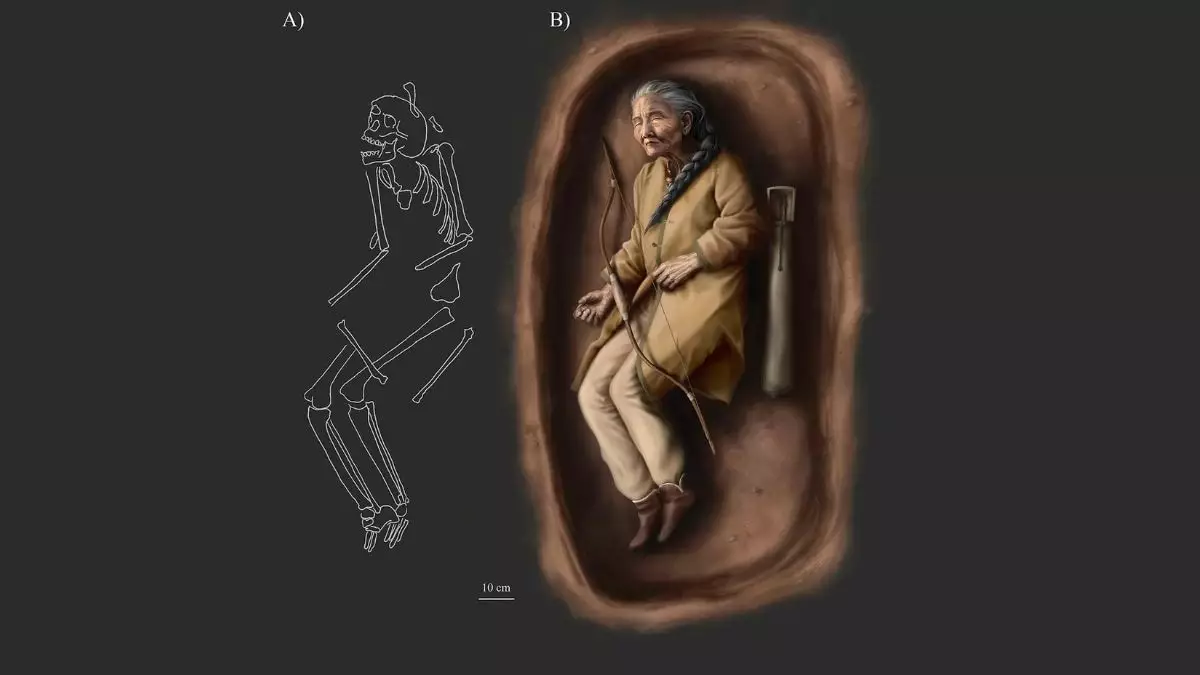Recent archaeological findings in the Carpathian Basin, specifically at the cemetery located in Sárrétudvari-Hizóföld, have surfaced an unprecedented burial that has far-reaching implications for our understanding of gender roles during the Hungarian Conquest period in the 10th century. For the first time, the remains of a female individual interred alongside weaponry have been confirmed, challenging longstanding assumptions regarding the societal functions of women during this turbulent time characterized by conflict and conquest.
The grave artifacts associated with the skeletal remains, now designated as SH-63, reveal a unique assemblage that intertwines items typically attributed to both genders. The discovery included not only traditional feminine adornments such as a silver penannular hair ring, bell buttons, and a bead necklace, but also items related to archery—arrowheads, quiver components, and an antler bow plate. This eclectic mix underscores the complexity of gender roles during this era and suggests a potential for women to participate in activities that transcended domestic spheres, contrary to common narratives.
Research Findings: A Cautious Approach
Led by Dr. Balázs Tihanyi, the research team prioritized a cautious analysis of the findings. Despite the presence of weapons, the researchers refrained from hastily categorizing SH-63 as a warrior, noting that connections between material culture and social identity must be nuanced. The mere presence of weapons does not confer status nor confirm active participation in warfare. Instead, the physical anthropology of the remains was taking into account—investigating signs of joint wear or trauma that could imply involvement in physical activities related to combat or horsemanship. Nonetheless, it is pertinent to consider that such physiological markers could also arise from everyday labor.
The burial of SH-63 serves as a pivotal point for reconsidering gender relations and social structures in 10th-century Hungary. This case intricately weaves into broader discourse on how women’s roles might have been more multifaceted than previously recognized. It raises vital questions: Did women like SH-63 engage in warfare or possess status typical of male warriors, or could these grave goods symbolize familial connections to martial strength?
In light of this discovery, future studies are essential to construct a clearer picture of societal dynamics during this formative period. Researchers aim to expand comparative analyses with other burial sites to better understand the interplay between gender roles and societal expectations. This endeavor not only aims to reveal the historic complexities of gender but also enriches our contextual knowledge of the cultural practices within the Carpathian Basin during the Hungarian Conquest.
The insights derived from SH-63’s burial underscore the necessity for ongoing critical examination of archaeological findings, fostering a more comprehensive understanding of the past that considers the intricacies of gender identity and social stratification.



Leave a Reply